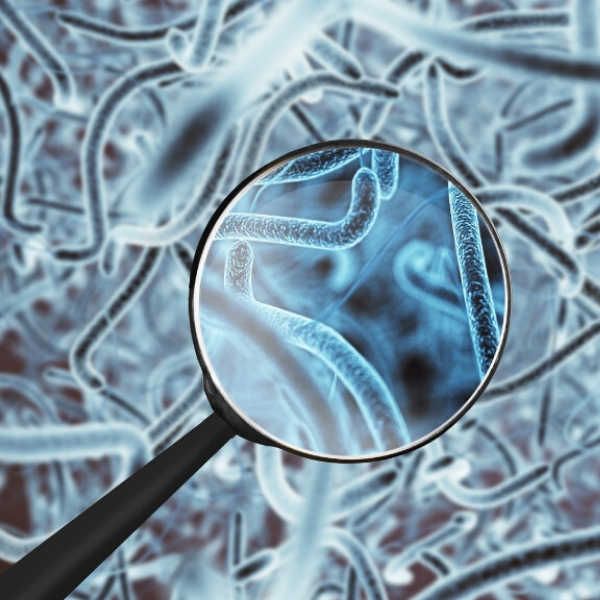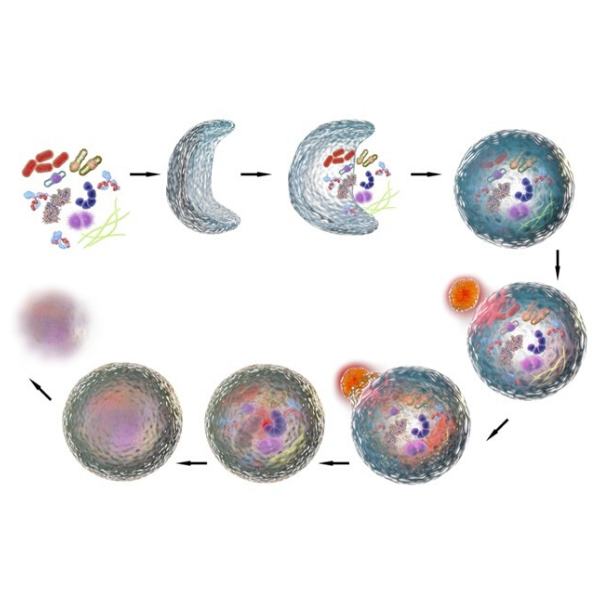Research and Innovation
Trichology
The science of the scalp and hair, whether they are healthy or unhealthy
Pubblicazioni
Italian Survey for the Evaluation of the Effects of Coronavirus Disease 2019 (COVID-19) Pandemic on Alopecia Areata Recurrence
2021
Fabio Rinaldi, Anna Trink, Giammaria Giuliani, Daniela Pinto
Predictive metagenomic profiling, urine metabolomics, and human marker gene expression as an integrated approach to study alopecia areata
2020
D Pinto, FM Calabrese, M De Angelis, G Celano, G Giuliani, M Gobbetti, F Rinaldi
Efficacy of Postbiotics in a PRP-Like Cosmetic Product for the Treatment of Alopecia Area Celsi: A Randomized Double-Blinded Parallel-Group Study
2020
F Rinaldi, A Trink, D Pinto
‘Omics’ approaches for studying the microbiome in Alopecia areata
2020
D Pinto, A Trink, E Sorbellini, G Giuliani, F Rinaldi
598 Increasing follicular resistance to bacterial contamination: A novel antimicrobial therapy?
2019
J Lehmann, J Chéret, F Jimenez, H Erdmann, D Pinto, F Rinaldi, …
What is
Trichology?
Trichology is a specialised field of medicine that deals with studying the diseases, anatomy and functions of hair on the body and the head. It is the science of the scalp and hair, whether they are healthy or unhealthy. The hair and the condition of the scalp are key elements for a patient’s state of health, but are often not acknowledged or are considered unimportant in the medical field. Hair is, in fact, a very sensitive indicator, which should never be underestimated, of body imbalances such as metabolic problems or poor diet, psycho-emotional or stressful influences, which can affect the normal development and appearance of the hair.
What role does a Trichology specialist play?
A trichologist dermatologist is able to diagnose and treat a wide range of problems and disorders affecting the scalp and hair, such as: alopecia areata in adults and children, androgenetic alopecia, total and universal alopecia and male pattern baldness, significant female hair loss during the menopause, damage from cosmetics and medication, congenital and hereditary changes in the hair structure; as well as disorders such as seborrhoeic and allergic dermatitis, scalp psoriasis and conditions such as seborrhoea, dryness and itching. In most cases, a series of information will enable the trichologist dermatologist to identify the cause of the problem and advise on possible treatment.

How is a diagnosis made in Trichology?
The collection of the patient’s recent and past medical history
This first point is of fundamental importance: it is often the patient and their case history that help the specialist understand the doubts, real problems and current situations, in relation to the expectations of the patient who is dealing with a suspected hair problem. The task of the trichologist dermatologist is therefore to listen carefully to their patient in order to determine not only the clinical relevance of what has been stated, but also the degree of receptivity to the prospect of a diagnosis and any treatment.
All this because – especially in the trichological field – the patient has already accumulated experiences, either positive or negative, has already tried medical and other routes, has listened to different and often dissimilar opinions – from the local chemist, from the friend “with the same problem”, from the acquaintance who has “solved exactly the same situation”, or has read the wealth of often overwhelming and unchecked information that the internet brings us straight into our homes.
Stage 1 is therefore the most crucial one: the one that can tell if that patient, after the appointment, instrumental examinations and diagnosis, will be able to follow a course of treatment, but above all trust their own Trichologist Dermatologist and therefore rely on their care and (fundamentally) their periodic check-ups. The resulting situation is known as “compliance“, not only with the prescribed treatment, but also with the relationship of trust that must inevitably exist between the doctor and their patient.
Gathering clinical signs: examining the scalp and hair
For this stage, the patient is asked to sit on a chair for a general analysis of the condition of their hair and scalp: the examination must be carried out by means of a dermatological lamp with 3 or 5X magnification. For this stage, the presence of macroscopic clinical signs indicative of a pathological situation is analysed: first comes the exploration, then manual tests, with the pull test, the card test, the parting test and the macroscopic evaluation of the hair roots being the ones most traditionally carried out.
The Global Photo
This apparently simple procedure is of great importance. It is something that the trichologist dermatologist performs regularly and, in any case, always during the first appointment: the global digital photograph of the scalp and the details (parieto-occipital and frontoparietal regions) is essential, not particularly for the diagnosis but above all for checking response to treatment.
Epiluminescence microscopy of the scalp
Recently introduced, scalp dermatoscopy is a non-invasive, quick and painless technique which is carried out in the same way as epiluminescence microscopy for checking moles. It guarantees a series of data that only digital evaluation can guarantee: from the average diameter of the hair (index of progression of baldness) to the local density (which varies from person to person, but which can undergo sectorial or global variations in particular pathological conditions, not only relegated to baldness – see lichen planopilaris and primary scarring alopecia): obviously, in this case we omit other invasive and minimally invasive tests (such as phototrichograms, trichograms and scalp biopsies) that can only be carried out in particular conditions and after informed consent for each specific procedure.
The digital patient record
Each patient should have their own digital medical record, in which the macroscopic photographic stages of the progress of treatment are noted following check-ups, like in clinical notes: it is very useful to comment on the images together with the patients to make it clear that there are often big things that are changing (regrowth, redensification, etc.) behind an apparently small improvement.
The proposed treatment
Before treatment, each patient must understand what the treatment is for, what results it can bring and how long it will go on for: in the context of the patient’s verbal informed consent, these choices will be fundamental, for that “compliance” referred to previously.
Planning the treatment
Once the diagnosis has been clarified and the treatment proposed, the next step follows shortly afterwards: the prescription must always be accompanied by a precise dosage and method of administration, since the patient can often forget how to take or apply medication, thus cancelling out the potential benefits of a suitable treatment for months.


